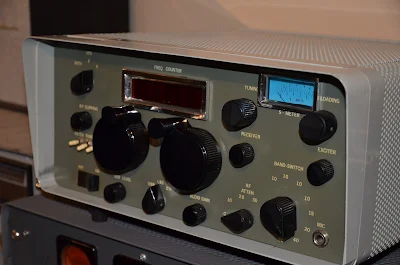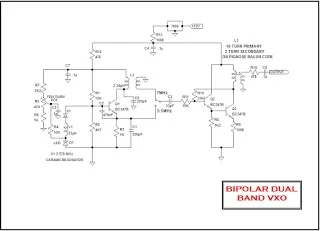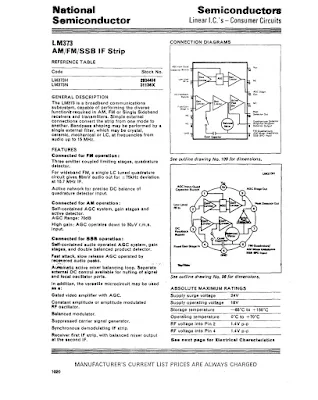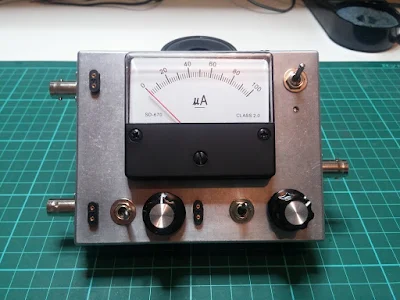Hello Bill,
The rig was my own design based on an article by Guy Gillet, ON5FE, published in QST, Jan 1970. (Editor's Note: ON5FE's article also appears in the 1970 edition of the ARRL's book "Single Sideband for the Radio Amateur.") His article had some features I wanted and became the guts of the transceiver I finally came up with… The rig took me some 2-4 years to complete mainly because I keep changing circuits and improving performance. For example, I started with a 4 digit counter using nixie tubes and ended up with 7 digit 7 segment LED counter summing the BFO, VFO and HFO. I also later added the keyer and CW audio filter and so on…..
Other than the outer cabinet from LMB, I did all the metal work complements of the metal shop at our lab at CDC’s advanced design lab.
Pictures show bottom with RF bottom plate installed and bottom view of RF section with plate removed. Front panel and picture of top cover open showing the plugin PCB’s. Cannot see the digital counter display board in any of the pictures.
Here are a couple pictures of the old girl. I’ve added a description of the rigs features:
Features:
- Dual conversion, first IF tunable, second IF fixed
- RF clipping
- 7 digit readout of exact operating frequency (digital summation of BFO, VFO and HFO)
- All solid state except for 6146 and 12BY7 driver.
- RF gain is 0-60dB step attenuator on input
- Dual VFO’s for separate receive/transmit or transceiver A/B
- Modes are USB/LSB/CW
- Auto zeroing S-Meter
- Built in VOX and PTT
- Built in CW keyer and sidetone generator
- Built in CW audio bandwidth filter
- Built in Tune mode
- Built in RF Clipping lever control
- Built in keying to PTT external amplifier
- Output signals for SB-610 scope receive signal monitoring
- Output signal for SB-620 Scanalyzer panadapter
- Diode T/R switching through out the radio, no relays, totally silent TR switching
Well Bill, you opened Pandora’s box when you asked me for more details, hi, hi… You can almost see the buttons popping off my vest as I reminisced the feature list…
Regards, Dennis, K0EOO















































































